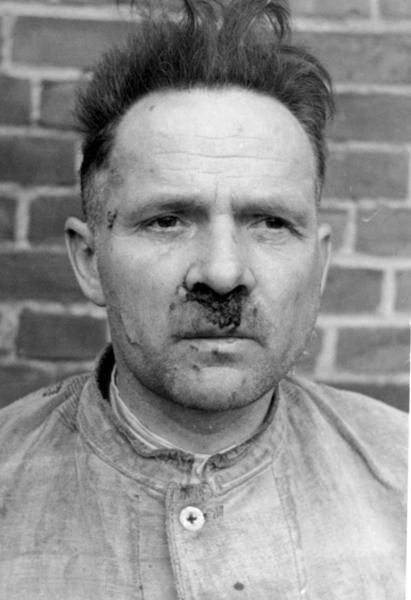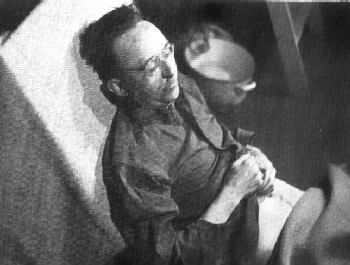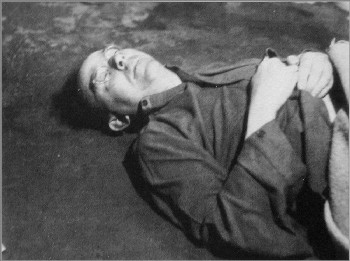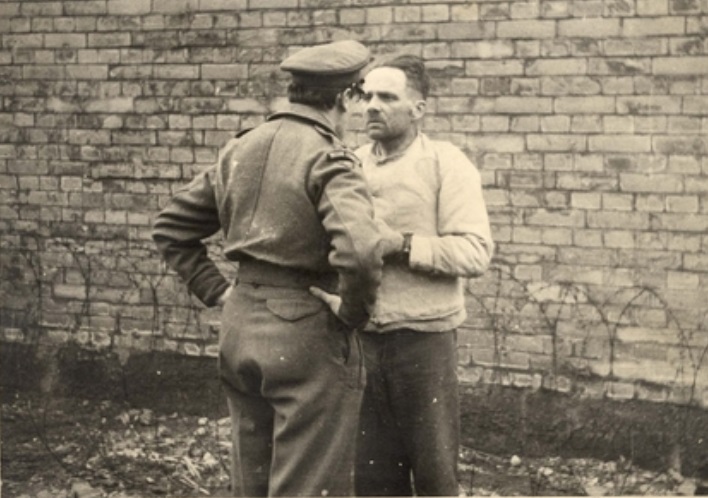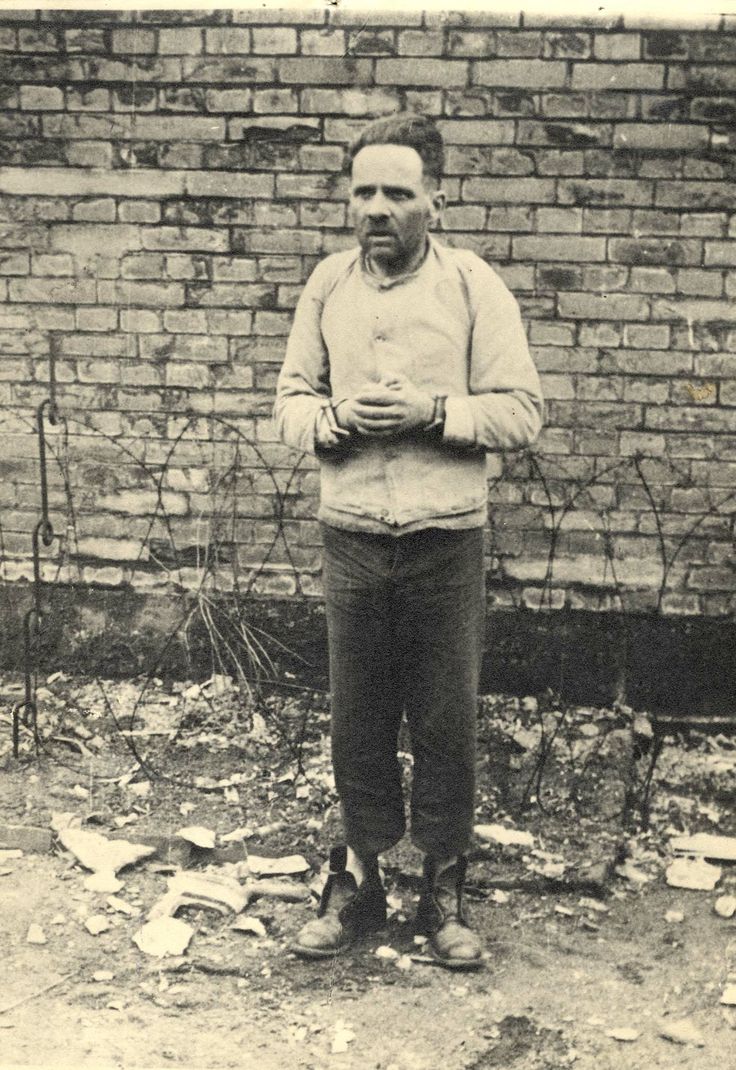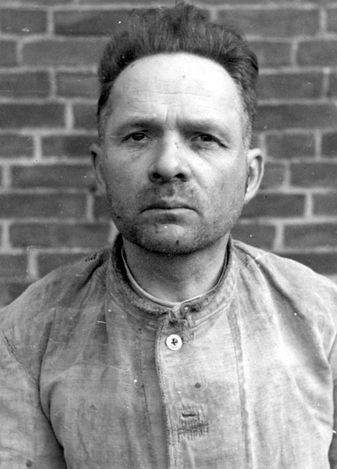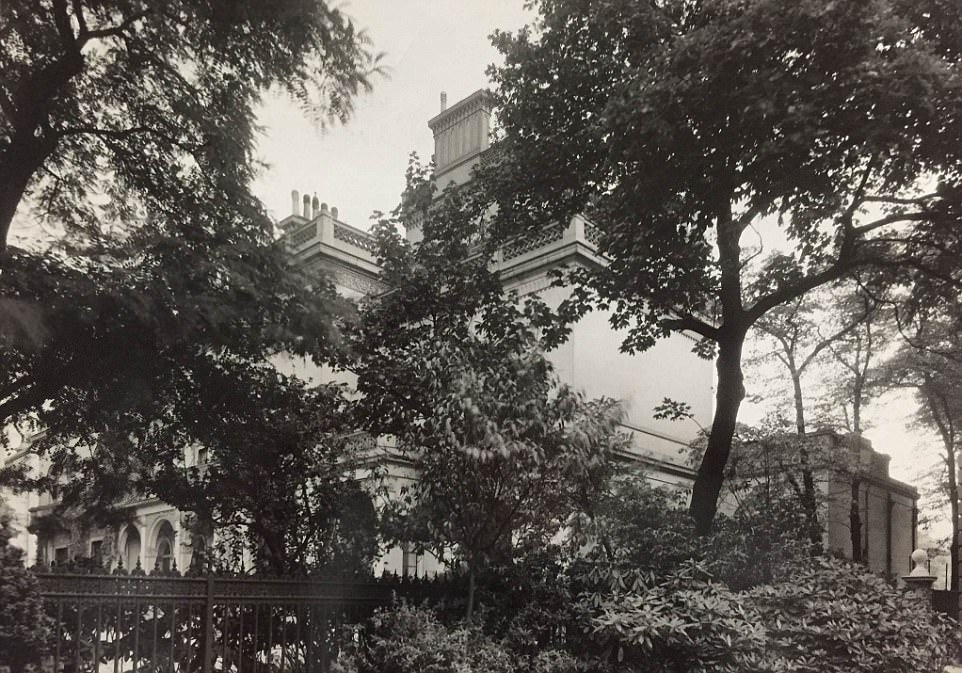It's has been easily shown that the use of torture against Auschwitz commandant Hoess was the method of getting him to sign and say anything his captors wished, but Hoess is just the tip of the iceberg.
Here is a revealing article from The Guardian, a UK newspaper, which has now exposed what was already known by those who looked.
- Hannover
excerpts:
The London Cage was used partly as a torture centre, inside which large numbers of German officers and soldiers were subjected to systematic ill-treatment. In total 3,573 men passed through the Cage, and more than 1,000 were persuaded to give statements about war crimes. The brutality did not end with the war, moreover: a number of German civilians joined the servicemen who were interrogated there up to 1948.
As the work of the Cage was wound down, the interrogation of prisoners was switched to a number of internment camps in Germany. And there is evidence that the treatment meted out in these places was, if anything, far worse. While many of the papers relating to these interrogation centres remain sealed at the Foreign Office, it is clear that one camp in the British zone became particularly notorious. At least two German prisoners starved to death there, according to a court of inquiry, while others were shot for minor offences.
There was no legal precedent for this, one official noted, besides which "any court of inquiry into these allegations would be futile".
In one complaint lodged at the National Archives, a 27-year-old German journalist being held at this camp said he had spent two years as a prisoner of the Gestapo. And not once, he said, did they treat him as badly as the British.
full text:
The secrets of the London Cage
· Beatings, sleep deprivation and starvation used on SS and Gestapo men
· POW camp in Kensington kept secret and hidden from Red Cross
Ian Cobain
The Guardian, Saturday 12 November 2005
http://www.guardian.co.uk/uk/2005/nov/1 ... dwar.world
Kensington Palace Gardens is one of the most exclusive, and expensive, addresses in the world: its stately row of 160-year-old mansions, built on land owned by the crown, is home to ambassadors, billionaires and princes. One property bought by the Indian steel magnate Lakshmi Mittal for a reputed £57m is said to be the most expensive house in London. Down the road, a pair of Manhattan tax lawyers are renovating No 6, while next door, No 7, is the London home of the Sultan of Brunei. Over the years No 8 has housed its fair share of dowagers and dukes.
Between July 1940 and September 1948, however, these three magnificent houses were home to one of the country's most secret military establishments: the London office of the Combined Services Detailed Interrogation Centre, known colloquially as the London Cage.
The London Cage was run by MI19, the section of the War Office responsible for gleaning information from enemy prisoners of war, and few outside this organisation knew exactly what went on beyond the single barbed-wire fence that separated the three houses from the busy streets and grand parks of west London.
Years later Tony Whitehead, a consultant psychiatrist in Brighton, recounted in his memoirs how, as a young aircraftsman delivering a belligerent SS sergeant to the Cage, he was shocked to see a German naval officer in full dress uniform on his hands and knees, cleaning the entrance hall floor. An enormous Guardsman stood with one foot on the prisoner's back, casually enjoying a smoke. When Whitehead collected his prisoner three days later, the man was completely subdued, rarely looked up, and addressed him as sir. "I do not know what had happened to him at the London Cage," Dr Whitehead wrote.
By examining thousands of documents stored at the National Archives, formerly the Public Record Office, as well as the archives of the International Committee of the Red Cross in Geneva, the Guardian has established what happened to this prisoner, and many others like him.
The London Cage was used partly as a torture centre, inside which large numbers of German officers and soldiers were subjected to systematic ill-treatment. In total 3,573 men passed through the Cage, and more than 1,000 were persuaded to give statements about war crimes. The brutality did not end with the war, moreover: a number of German civilians joined the servicemen who were interrogated there up to 1948.
The Cage was commanded by Lieutenant Colonel Alexander Scotland, a forceful, outspoken man deemed to have the perfect background. Although English, the colonel had served briefly in the German army in what is now Namibia shortly after the turn of the century, and was later awarded the OBE for his work interrogating German prisoners during the first world war. In 1939, at the age of 57, he was recalled for service.
The Cage had space for 60 prisoners at any time, and five interrogation rooms. Scotland had around 10 officers serving under him, plus a dozen NCOs who served as interrogators and interpreters. Security was provided by soldiers from the Guards regiments, selected, one archived document asserts, "for their height rather than their brains".
Among the documents stored at the National Archives at Kew is the manuscript of Scotland's memoirs. In his first draft he recalled how he would muse, on arriving at the Cage each morning: "'Abandon all hope ye who enter here.' For if any German had any information we wanted, it was invariably extracted from him in the long run." There was pandemonium at the War Office when the book was submitted to be censored in June 1950. Officials begged Scotland to quietly lock the manuscript away, then threatened him with prosecution under the Official Secrets Act. Special Branch detectives were sent to raid his retirement home at Bourne End, Buckinghamshire. The Foreign Office urged suppression of the book, as it would assist "persons agitating on behalf of war criminals". An assessment by MI5 pointed out that Scotland had detailed repeated breaches of the Geneva convention, with his admissions that prisoners had been forced to kneel while being beaten about the head; forced to stand to attention for up to 26 hours; threatened with execution; or threatened with "an unnecessary operation".
The book was eventually published after a seven-year delay, and only after all incriminating material had been deleted. It is now clear, however, that Scotland could have tried to reveal far more.
Within the National Archives are documents from two official inquiries into the methods employed at the Cage, one which heard evidence that guards were under orders to knock on some prisoners' cell doors every 15 minutes, depriving them of sleep, and another which concluded with "the possibility that violence was used" during interrogations.
There is also a long and detailed letter of complaint from one SS captain, Fritz Knoechlein, who describes his treatment after being taken to the Cage in October 1946. Knoechlein alleges that because he was "unable to make the desired confession" he was stripped, given only a pair of pyjama trousers, deprived of sleep for four days and nights, and starved.
The guards kicked him each time he passed, he alleges, while his interrogators boasted that they were "much better" than the "Gestapo in Alexanderplatz". After being forced to perform rigorous exercises until he collapsed, he says he was compelled to walk in a tight circle for four hours. On complaining to Scotland that he was being kicked even "by ordinary soldiers without a rank", Knoechlein alleges that he was doused in cold water, pushed down stairs, and beaten with a cudgel. Later, he says, he was forced to stand beside a large gas stove with all its rings lit before being confined in a shower which sprayed extremely cold water from the sides as well as from above. Finally, the SS man says, he and another prisoner were taken into the gardens behind the mansions, where they were forced to run in circles while carrying heavy logs.
"Since these tortures were the consequences of my personal complaint, any further complaint would have been senseless," Knoechlein wrote. "One of the guards who had a somewhat humane feeling advised me not to make any more complaints, otherwise things would turn worse for me." Other prisoners, he alleged, were beaten until they begged to be killed, while some were told that they could be made to disappear.
At the time Knoechlein made these allegations he was facing the death penalty, having been convicted of the murder of 124 British soldiers, including 98 members of the Royal Norfolk Regiment. These soldiers had been massacred by men under Knoechlein's command after being taken prisoner on the retreat to Dunkirk in May 1940. He was in a desperate position, and may have been making desperate allegations in a bid to escape the hangman. Nevertheless, his complaint was taken seriously by War Office officials, who considered whether to convene an inquiry. They eventually decided against this, on the grounds that this would mean delaying Knoechlein's execution. There was no legal precedent for this, one official noted, besides which "any court of inquiry into these allegations would be futile".
Similar torture allegations surfaced in 1947, and again the following year, when 21 Gestapo and police officers were tried for the murder of 50 RAF officers who had been shot after tunnelling their way out of Stalag Luft III, the breakout recreated in the Hollywood film The Great Escape.
The court in Hamburg was told that many of the defendants had been starved and systematically beaten at the London Cage, confined in the cold water shower, and "threatened with electrical devices". Among the defendants was Erich Zacharias, a sergeant in the Gestapo's frontier police. The only evidence against him was his confession which, MI5 noted in its assessment of Scotland's memoir, had been signed only because "being a prisoner in their hands, he had been worked on psychologically". Zacharias insisted that he had also been beaten. Twenty of the defendants were convicted and 14 were hanged, Zacharias among them.
It is impossible to discern, from the War Office archives, whether Scotland was regarded by this time as a maverick whose methods were to be quietly overlooked, or whether he was acting with clear, official approval. It is clear, however, by late 1946 there was "disquiet about his methods" being expressed at the headquarters of the British army of the Rhine.
By then the Red Cross was aware of the existence of the Cage, although only because its location had inadvertently been included on a list of PoW camps sent to the organisation. A Red Cross inspector called twice at Kensington Palace Gardens in March 1946 but was turned away. In a lengthy memo to the War Office, Scotland explained that he had identified the officer responsible for disclosing its location, and that this man had promised "that this blunder would not be repeated".
Scotland went on to argue that the Red Cross need not be admitted, because his prisoners were either civilians, or "criminals within the armed forces", and neither, he said, were protected by the Geneva convention. Should the Red Cross be allowed inside the Cage, he added, he would instruct the RAF to stop sending him prisoners suspected of involvement in the Stalag Luft III murders. "The interrogation of these criminals must proceed in Germany under conditions more closely related to police methods than to Geneva convention principles."
Furthermore, he wrote: "The secret gear which we use to check the reliability of information obtained must be removed from the Cage before permission is given to inspect the building. This work will take a month to complete." It is unclear what sort of "secret gear" Scotland wanted to conceal from the Red Cross.
It was a further 18 months before the Red Cross could enter the Cage. Its inspector found little evidence of ill-treatment but, as he noted in subsequent reports, 10 prisoners in the worst physical condition appeared to have been moved to other PoW camps the night before his arrival, and there was evidence that any prisoner who lodged a complaint in his presence would suffer reprisals.
Despite the growing number of complaints it was receiving about the London Cage, the International Committee of the Red Cross eventually decided to do nothing "through official channels" as it had been assured that its closure was imminent, and because it feared such action would be against the interests of the men still detained there.
As the work of the Cage was wound down, the interrogation of prisoners was switched to a number of internment camps in Germany. And there is evidence that the treatment meted out in these places was, if anything, far worse. While many of the papers relating to these interrogation centres remain sealed at the Foreign Office, it is clear that one camp in the British zone became particularly notorious. At least two German prisoners starved to death there, according to a court of inquiry, while others were shot for minor offences.
In one complaint lodged at the National Archives, a 27-year-old German journalist being held at this camp said he had spent two years as a prisoner of the Gestapo. And not once, he said, did they treat him as badly as the British.



